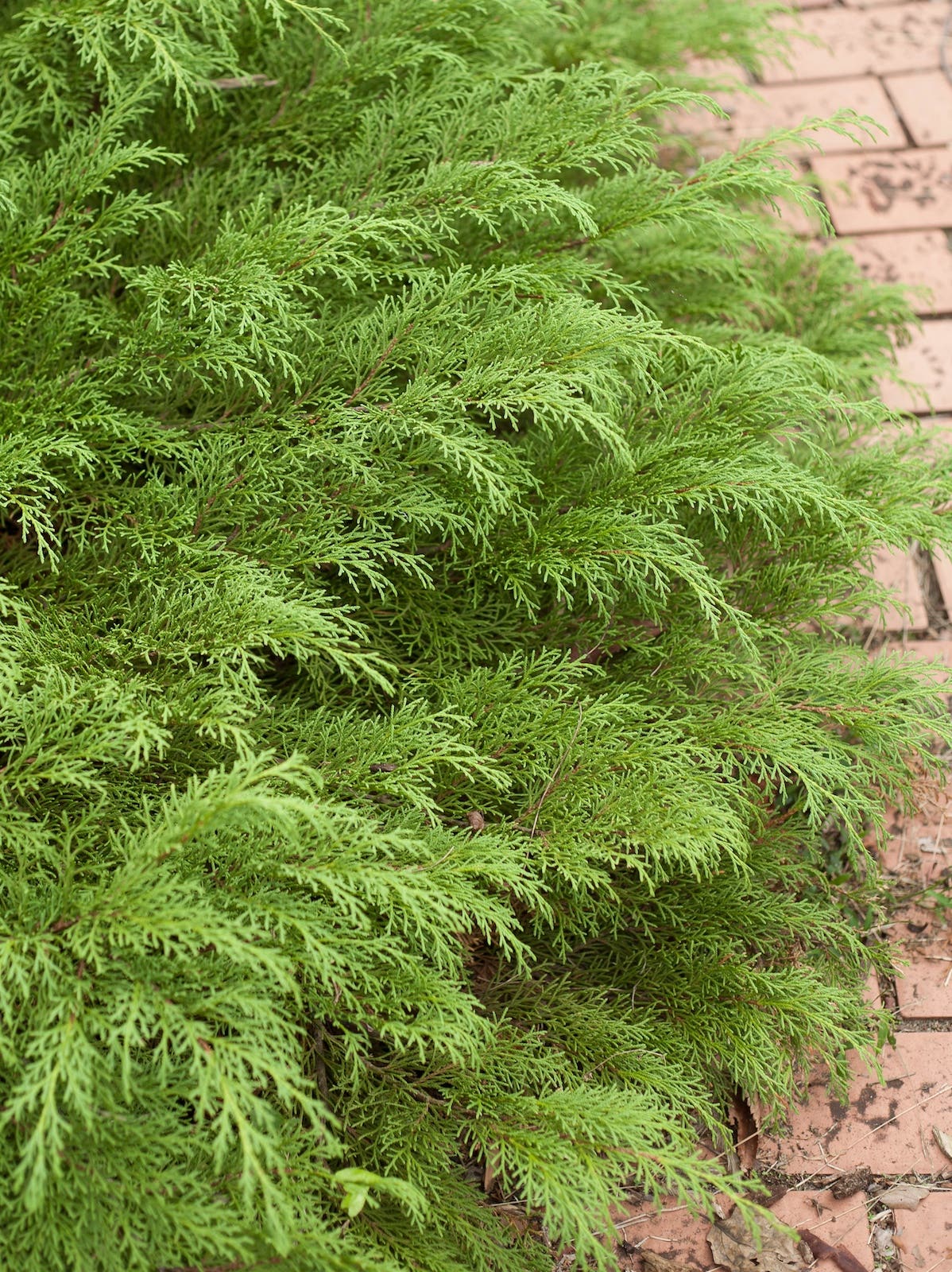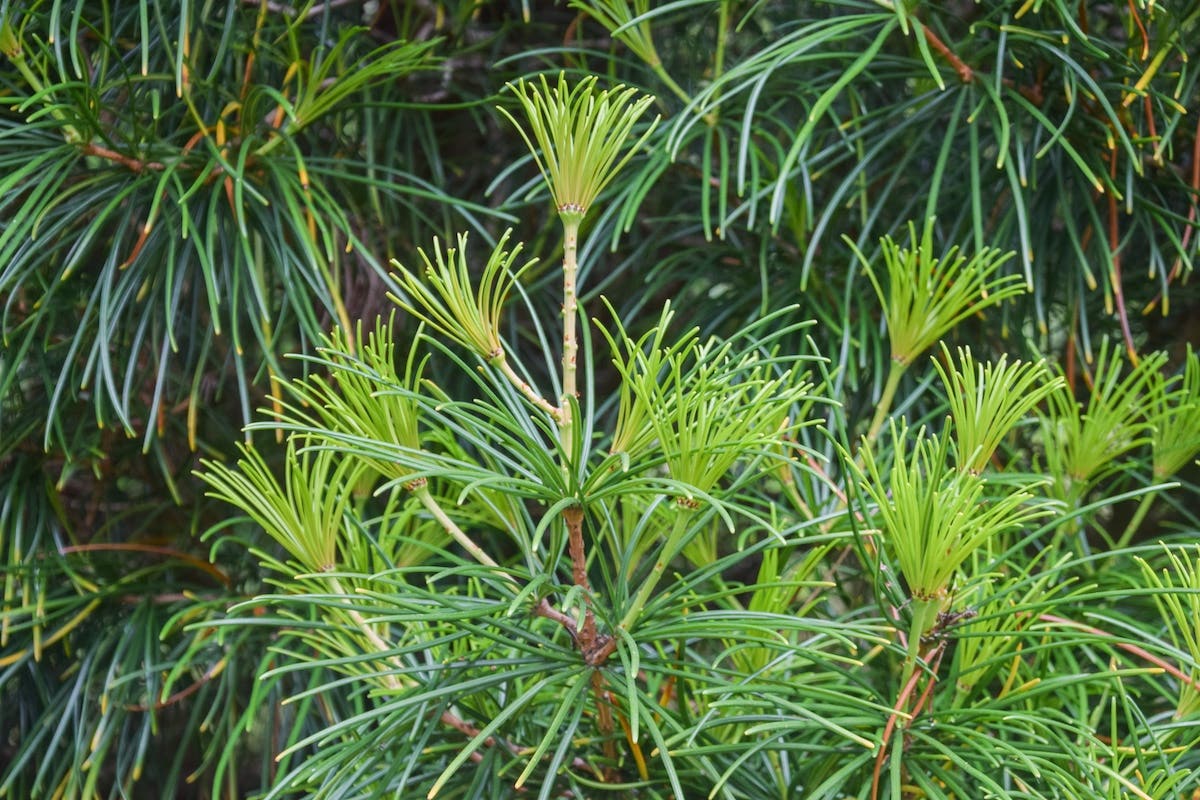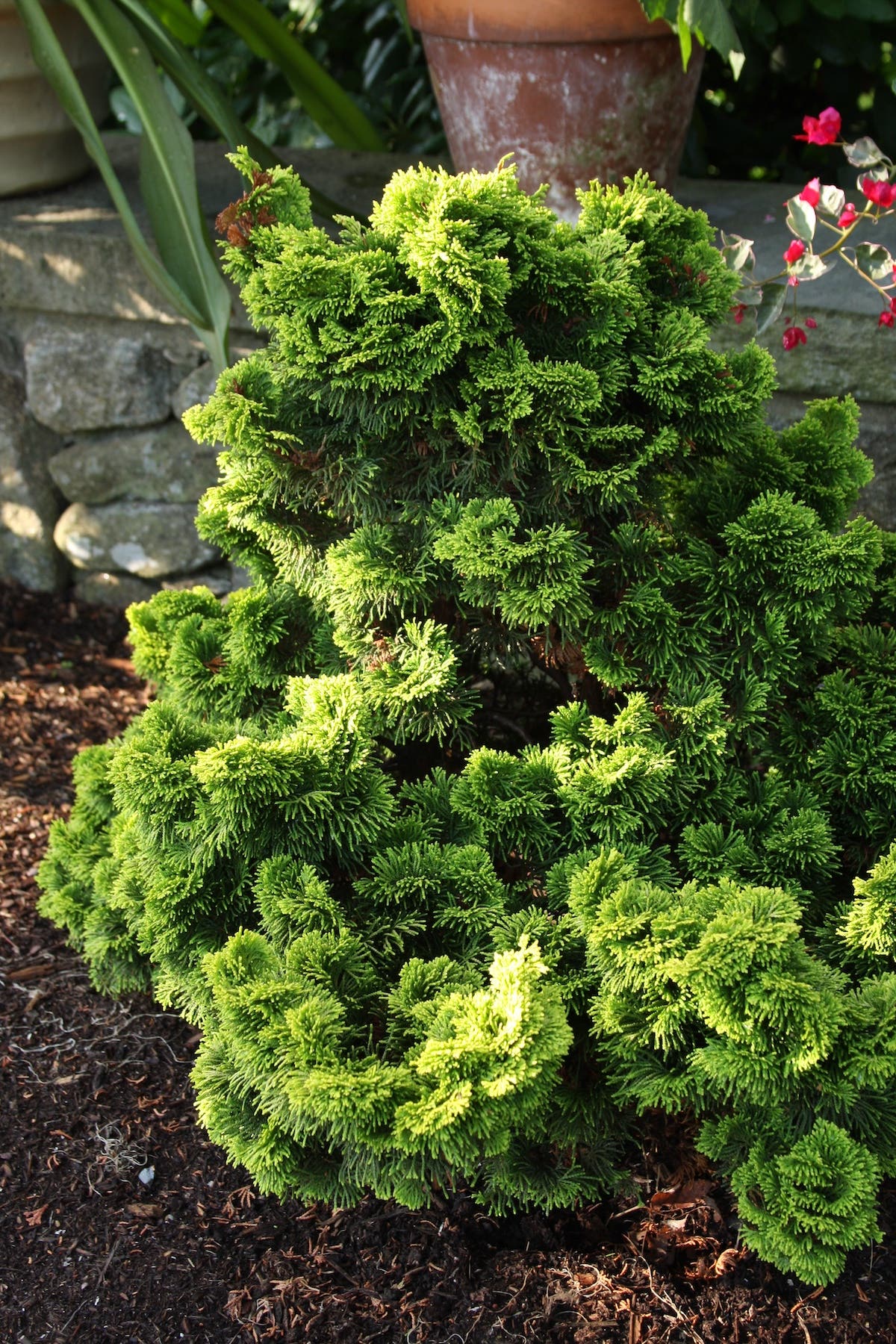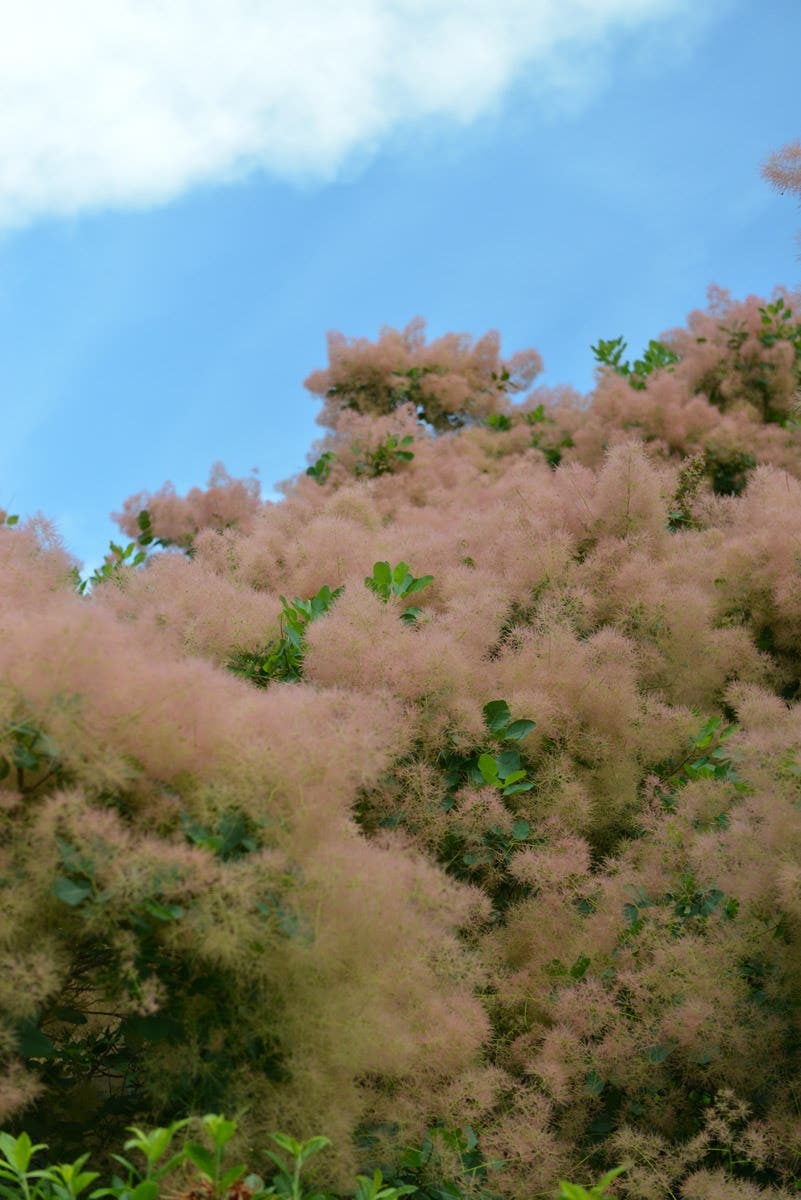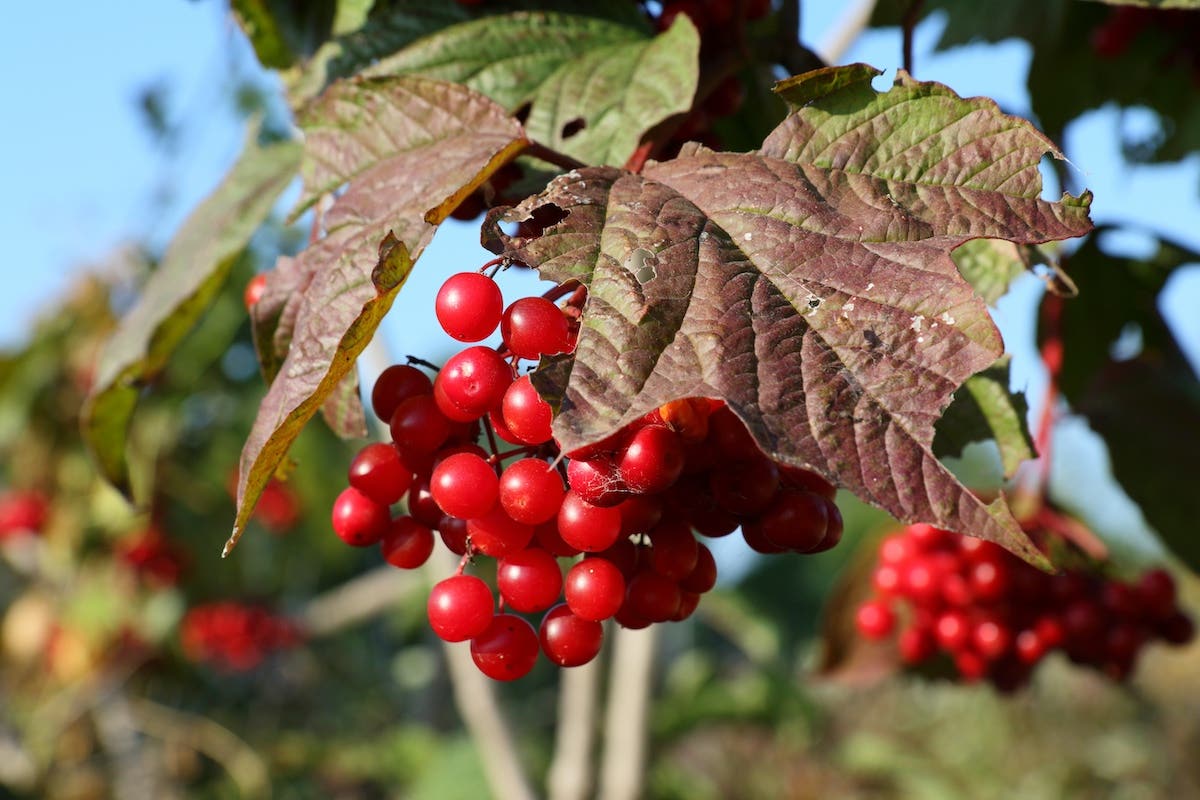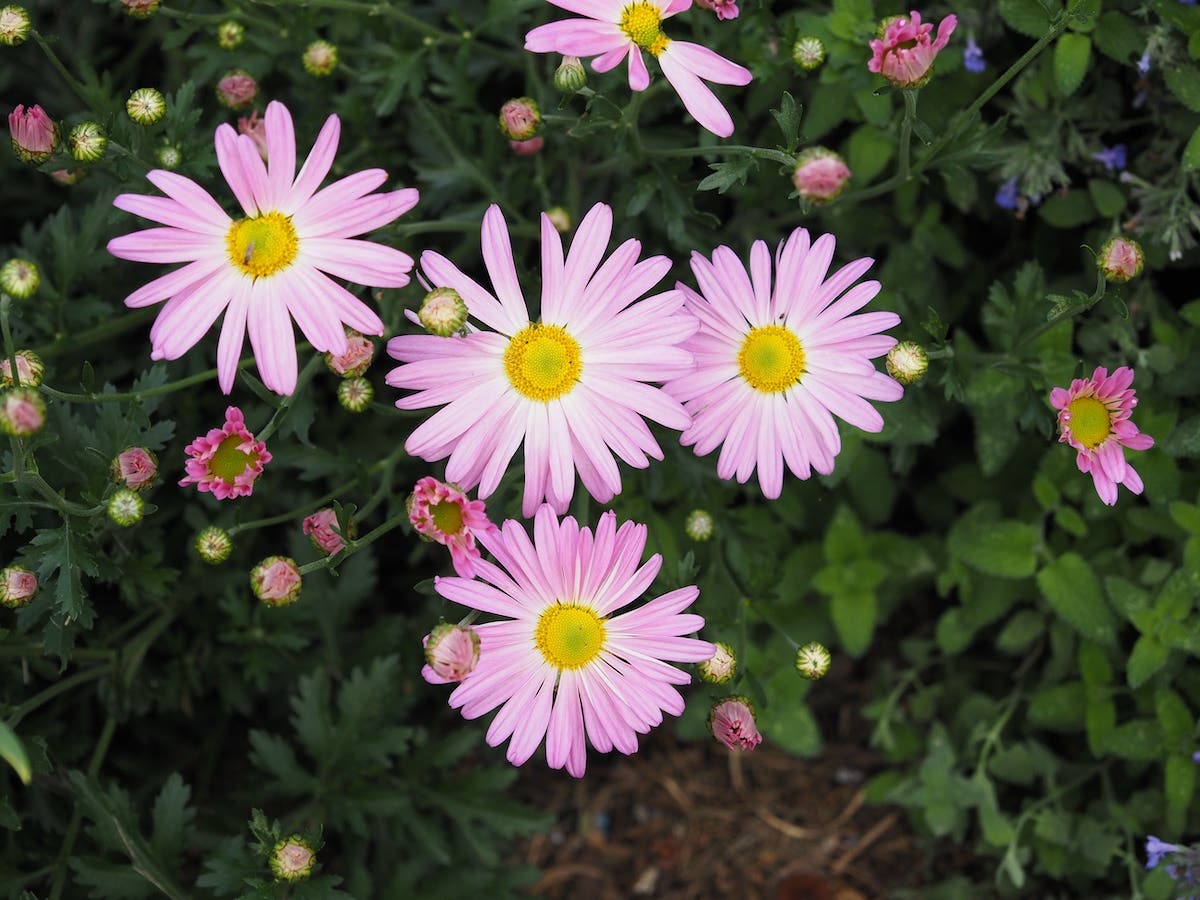‘Blue Mouse Ears’ Hosta: a Beloved Miniature With Slug-Resistant Leaves
Introduced in the early 2000s, ‘Blue Mouse Ears’ hosta gave rise to a whole series of mini hostas, many with “mouse” in their name. Read all about the original here!
'Blue Mouse Ears' hosta is an undeniably cute cultivar with a rugged constitution that belies its petite size. This beloved miniature hosta, a multi-award winner, has durable dusky blue foliage that resists slugs, thanks to its thick constitution. Plus, the short and stout midsummer flowers are just the right size for its clump of leaves. 'Blue Mouse Ears' suits shade gardens and containers equally well.
Common name: 'Blue Mouse Ears' hosta
Botanical name: Hosta 'Blue Mouse Ears'
Origin: Hosta species are native to northeastern Asia. The cultivar 'Blue Mouse Ears' was selected by Maryland nursery owners Emile and Jane Deckert in the early 2000s; it originated as a sport (genetic mutation) of 'Blue Cadet'. 'Blue Mouse Ears' received several awards in the years following its introduction, including the Blue Leaf Award from the American Hosta Society (2004); the American Hosta Growers Association's Hosta of the Year Award (2008); and the American Hosta Society's Benedict Garden Performance Medal (2011). 'Blue Mouse Ears' has given rise to a whole series of miniature hostas, many with "mouse" in their name. Some arose as sports of 'Blue Mouse Ears' (or sports of its sports), while others were intentionally hybridized to carry some of its genes. Examples include 'Mighty Mouse', 'School Mouse', 'Sun Mouse', 'Mini Skirt' and 'Fingernails'.
Related: Check out some other hostas that have been named AHGA Hosta of the Year:
- 'Skywriter' (2025)
- 'Mini Skirt' (2024)
- 'Neptune' (2023)
- 'Island Breeze' (2022)
- 'Rainbow's End' (2021)
- 'Lakeside Paisley Print' (2019)
- 'Brother Stefan' (2017)
- 'Victory' (2015)
- View the full list of winners at the AHGA website.
One cute hosta
Flowers: 'Blue Mouse Ears' has chunky, outward-facing, bell-shaped, light purple flowers appear in clusters atop stout stems in midsummer. The flowers and their stems both remain in good proportion to this hosta's small leaves, rising just a few inches above the mound of foliage.
Foliage: Sturdy, broadly oval leaves in a dusky-blue to blue-green color. Individual leaves measure less than four inches long and three inches wide. Emile Deckert named this hosta for the rounded leaves' resemblance, as they unfold in spring, to mouse ears.
Related: For a large blue hosta, try 'Dancing with Dragons'.
Size and habit: 'Blue Mouse Ears' is a miniature hosta that grows just 8 inches tall and up to 12 inches wide at maturity. Its thick, rather stiff leaves create a dense, rounded mound of foliage.
Growing 'Blue Mouse Ears' hosta
Exposure: Part to full shade
How to grow it: Give 'Blue Mouse Ears' hosta a position in part or full shade. For any blue hosta, too much sun—especially midday sun—will scorch the leaves, leaving bleached markings. To prevent this, make sure the plant only receives direct sun, if any, in the early morning (best option) or late afternoon (next best).
Consistent, deep watering to one inch per week promotes the best growth. Hostas can tolerate some drought once established, but a dry summer will stop them from reaching their full potential both that year and the next. If you choose to keep miniature hostas in pots, take care to check them for dryness daily, since containers can dry out fast.
Like all hostas, 'Blue Mouse Ears' and other minis prefer fertile, well-drained soil. Amend poor soils with compost at planting time and top dress with the same annually. Aged manure, compost or leaf mould makes excellent mulch for hostas, preserving moisture while also feeding the soil.
'Blue Mouse Ears' hosta will grow well in USDA Zones 3–8.
Related: Brush up on hostas in "Planting and Caring for Hostas" and "Identifying Hosta Diseases and Pests"
Images courtesy of Walters Gardens


